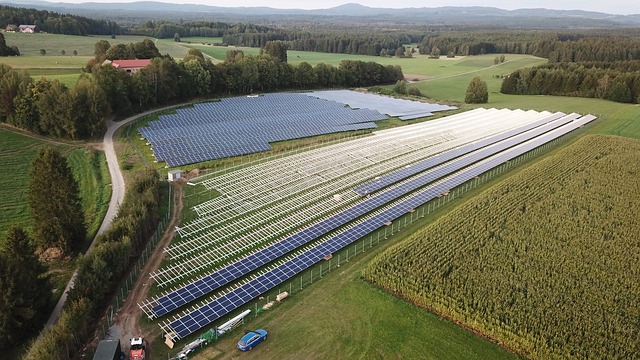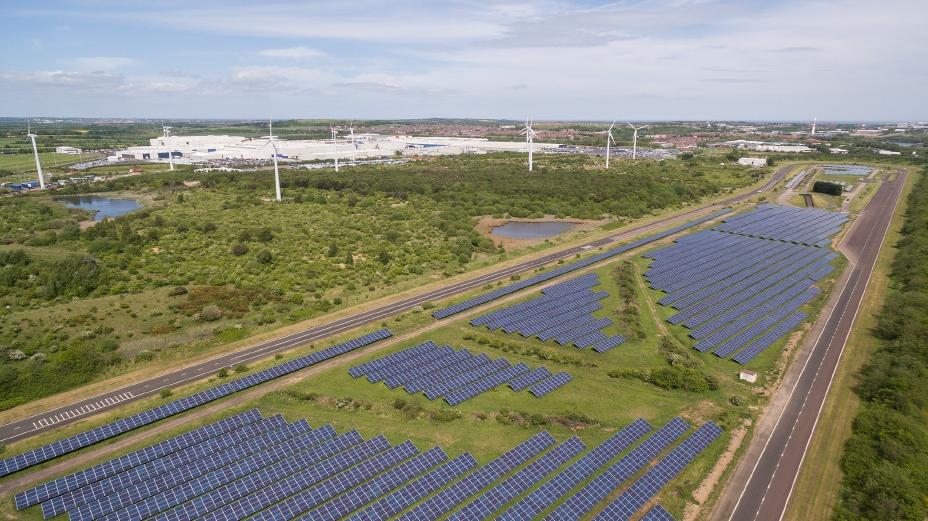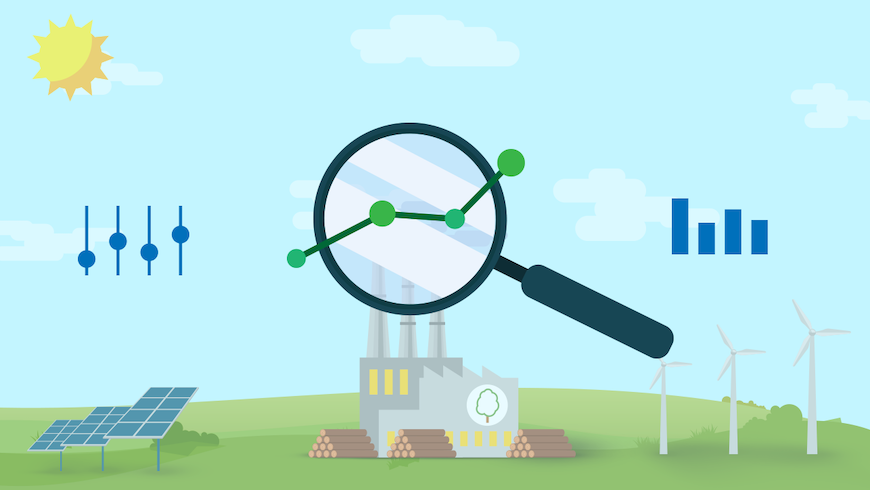With a cost of AUD$ 20 billion, photovoltaic panels spanning across 20,000 football fields, and a capacity of 10 gigawatts, the world’s largest solar farm has been set to be built at a remote cattle station in the Northern Territory of Australia.
A part of the Australia-ASEAN Power link project, the power link does not just involve building the world’s largest solar farm which will be visible from space but also constitutes building the world’s longest submarine power cable, transporting the produced solar energy from Australia to Singapore via 4,500 Km high-voltage direct current (HVDC) network.
Photograph: Lisa Maree Williams/Getty Images
The transmission system is being developed by Singaporean company Sun Cable, which also includes building the world’s largest battery storage, near darwin on the northern coast of Australia. The storage site will be nearly 750kms north of the actual solar farm.
The generated electricity will also be integrated into the local darwin grid, while the majority of it will be exported to Singapore, through undersea cables laid via Indonesian Waters.
Solar electricity from PowerLink is expected to provide power for more than 1 million Singaporeans(nearly 20% of the population) while also some of it will be distributed to Indonesia.
This is a highly ambitious multi-year renewable project and will require innovation and engineering to the highest level. The PowerLink project if successful will be a remarkable milestone for the clean industry as a whole, leading the way for transmission and sharing of renewable energy across vast distances spanning international networks. This will be replacing the incumbent flow of energy of liquid fuels (oil and LNG) to electrons, which is going to be a more efficient way to transport energy.
Obviously, the environmental assessment also needs to be taken into consideration. The approvals are yet to be finished but the stakeholders are set to make this mega project a success.
The project will take up to 120 square kilometers of land area, and is expected to begin construction in 2023 while production of energy is set to commence in 2026, and the distribution set to flow in 2027.

 How it Works
How it Works Pricing
Pricing FAQ
FAQ Quiz
Quiz Contact Us
Contact Us






